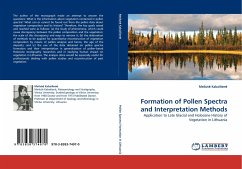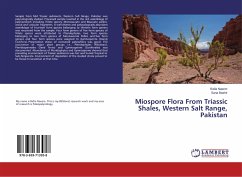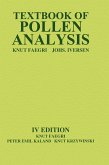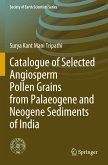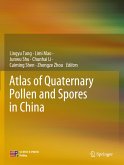The author of the monograph made an attempt to answer the questions: What is the information about vegetation contained in pollen spectra? What can or cannot be found out from the pollen data about vegetation composition and its history? Therefore, the key goals raised and reached were as follows: (a) the study of phenomena, which could cause discrepancy between the pollen composition and the vegetation; the scale of this discrepancy and ways to remove it; (b) the elaboration of methods to be applied for quantitative reconstruction of vegetation composition by means of pollen analysis and hence, the age of the deposits; and (c) the use of the data obtained on pollen spectra formation and their interpretation in generalisation of pollen-based Holocene stratigraphy researches and in studying human impact on vegetation in Lithuania. The analysis done would be especially useful for professionals dealing with pollen studies and reconstruction of past vegetation.
Bitte wählen Sie Ihr Anliegen aus.
Rechnungen
Retourenschein anfordern
Bestellstatus
Storno

